Take me back to the list of lessons
The chess board
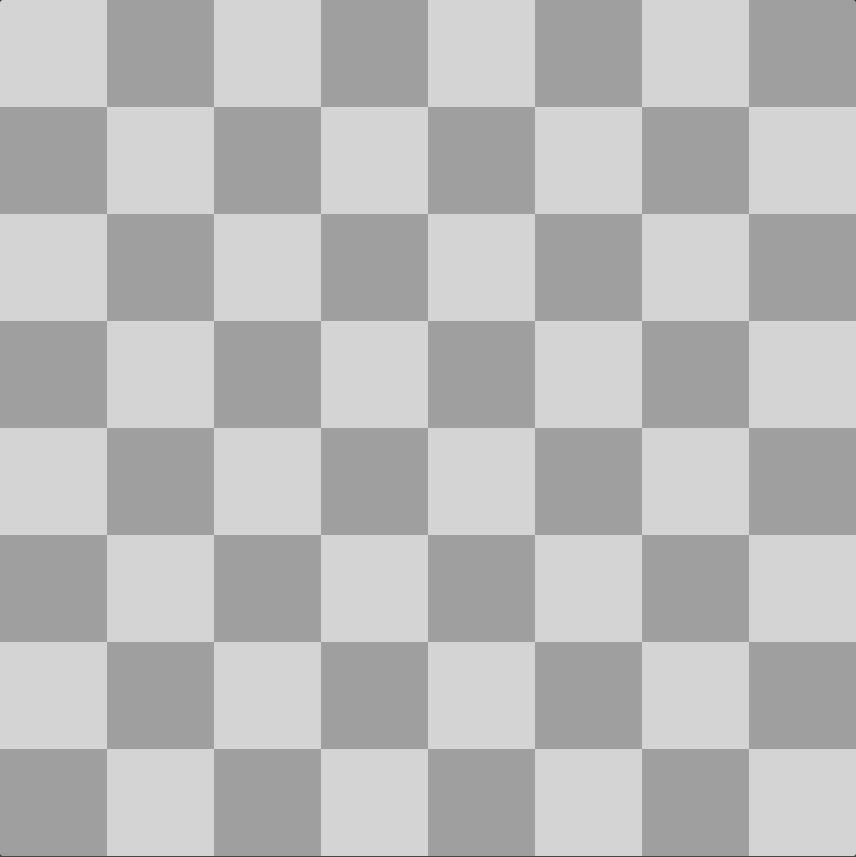
Here it is – the basic chess board! Your chess battleground. Your chess playground. Or whatever you want to call it.
Here’s a description of its main features:
- Shape and Size: The board is perfectly square, composed of an 8×8 grid of smaller squares. This results in a total of 64 individual squares.
- Alternating Colours: The squares are coloured in an alternating pattern, typically light and dark (e.g., white and black, or buff and brown). This creates a distinct checkerboard appearance. By convention, the square in the bottom-right corner from each player’s perspective is always a light square.
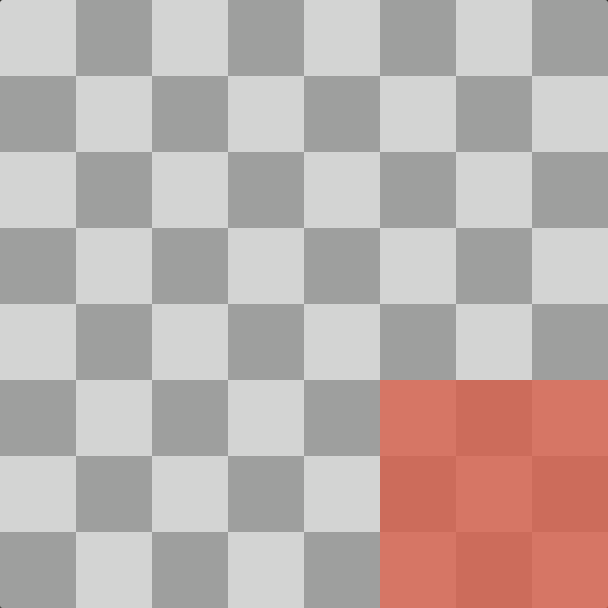
- Grid Structure: The 64 squares are arranged into eight horizontal rows and eight vertical columns.
- Ranks (Rows): The horizontal rows are referred to as “ranks.”
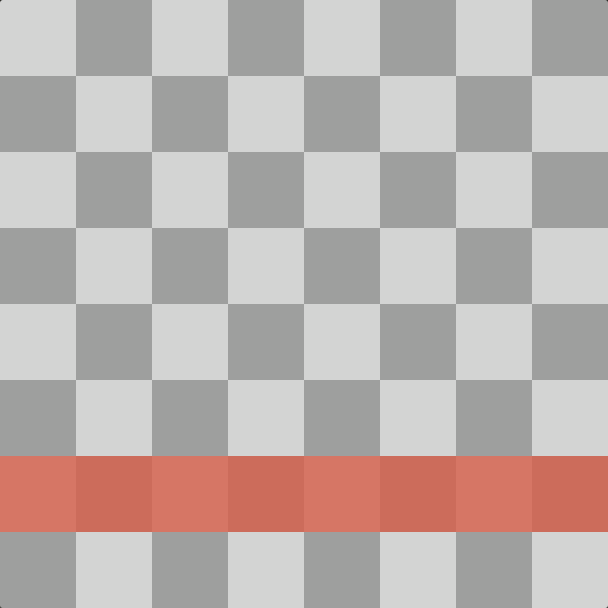
- Files (Columns): The vertical columns are referred to as “files.”
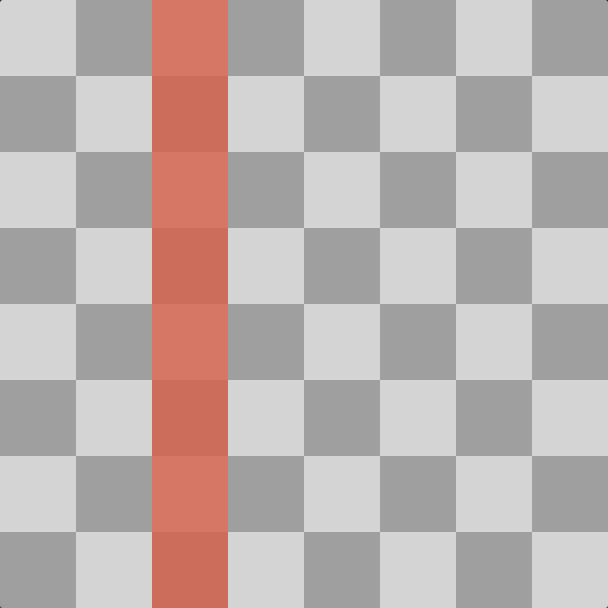
- Central Squares: The four central squares (d4, e4, d5, e5) are often considered strategically important due to their influence over a large portion of the board.
Diagonals
In chess, “diagonals” are used to describe a line of squares of the same colour on the board. I’ve highlighted a light-squared diagonal in green, and a dark-squared diagonal in orange, below.
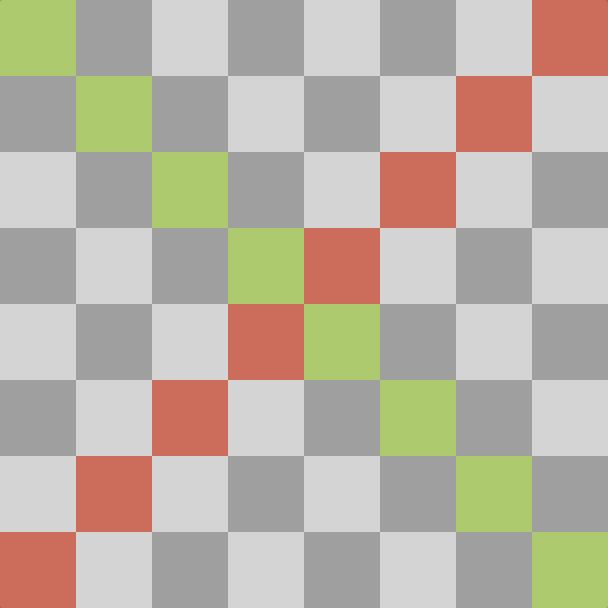
- Coordinates: The combination of a file letter and a rank number provides a unique coordinate for each square on the board (e.g., ‘e4’, ‘a1’, ‘h8’). This system is crucial for recording moves and discussing positions.
There are plenty of other chess terms we will come to learn but that’s enough to get us going for the moment. Let’s move on now to Lesson 2 – The pieces